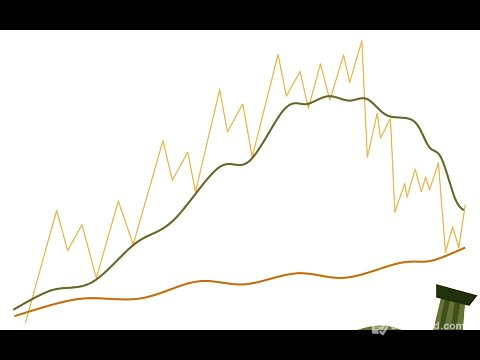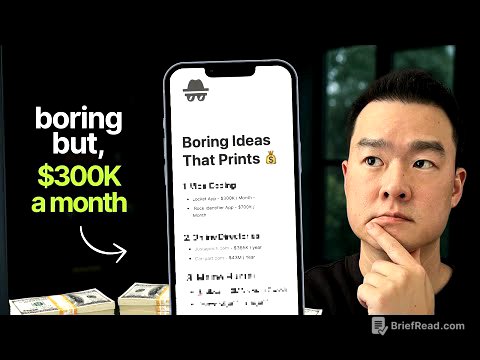TLDR;
This video outlines five success habits of the top 0.1%, drawing from the teachings of Joe Hudson, a coach for Silicon Valley CEOs. It challenges conventional productivity advice, focusing on mindset shifts and emotional intelligence.
- Prioritise pace over perfection with an iterative mindset.
- Change your relationship with failure by embracing the associated emotions.
- Use enjoyment as a compass for efficiency.
- Eliminate "shoulds" to reduce internal friction and increase motivation.
- Cultivate a relationship with time where it works for you, not against you.
Introduction [0:00]
The video introduces the concept that achieving top-tier success (top 1% or 0.1%) requires a different set of rules than simply being disciplined and working hard. It introduces Joe Hudson, a coach for Silicon Valley CEOs, as the source of these success habits. The video serves as an introduction to these principles, which are claimed to be deeper than typical productivity hacks and capable of transforming one's life, leading to both greater success and increased joy.
Habit 1 [1:32]
The first habit involves prioritising pace over perfection by adopting an iterative mindset. Instead of meticulously planning and researching until everything is perfect, successful individuals focus on taking action and learning from their mistakes. This approach allows for quicker learning and more accurate course correction. The fear of making mistakes publicly is a common obstacle, but it can be overcome by remembering that others are primarily focused on their own lives.
Habit 2 [5:35]
The second habit centres on changing one's relationship with failure by understanding and embracing the emotions it triggers. The key is not to avoid failure, but to transform the internal experience associated with it. The habenula, a region in the brain, acts as an anti-reward centre, suppressing motivation after negative experiences. By learning to accept and even "love" the emotional state associated with failure, one can reduce resistance and process emotions more effectively. Curiosity about the sensations and signals of emotions can also diminish their power.
Habit 3 [31:27]
The third habit focuses on using enjoyment as a compass for efficiency. It introduces "Hudson's first law," which states that enjoyment equals efficiency. Top performers seek efficiency rather than speed, conserving energy and sustaining progress. Enjoyment is a measure of efficiency, leading to increased motivation, better results, and the ability to attract talent and customers. Even in tasks that seem unenjoyable, there is always a way to find some level of enjoyment by focusing on how the task is approached.
Habit 4 [43:02]
The fourth habit involves eliminating "shoulds" to reduce internal friction and increase motivation. Forcing oneself to do something creates resistance and wastes energy. Instead, one should recognise that they are choosing to do something to avoid negative consequences. The word "should" is a motivation killer, draining energy and undermining autonomy. By identifying the underlying wants and impulses behind "shoulds," one can find more enjoyable and sustainable ways to achieve their goals.
Habit 5 [1:03:52]
The fifth habit centres on escaping time poverty by cultivating a relationship with time where it works for you, not against you. Instead of constantly rushing and reacting to urgent demands, successful individuals focus on planting seeds that will bloom in the future. They prioritise tasks that will make everything else easier or irrelevant. By investing in oneself and focusing on long-term goals, one can have a higher impact with less frantic effort.









